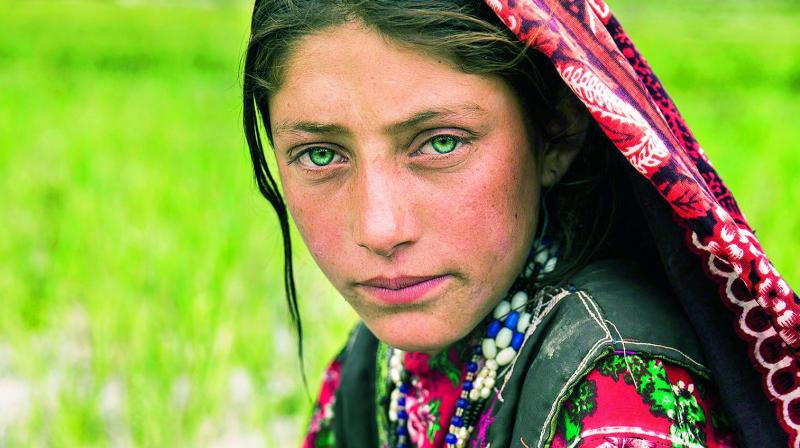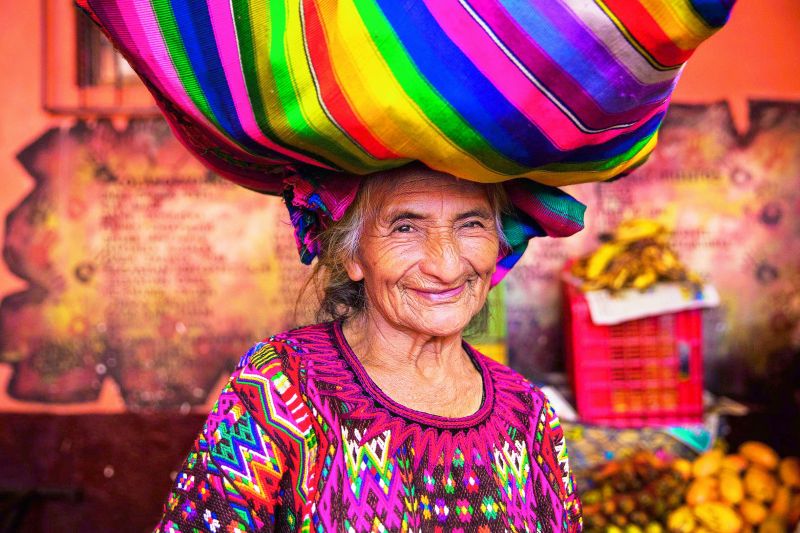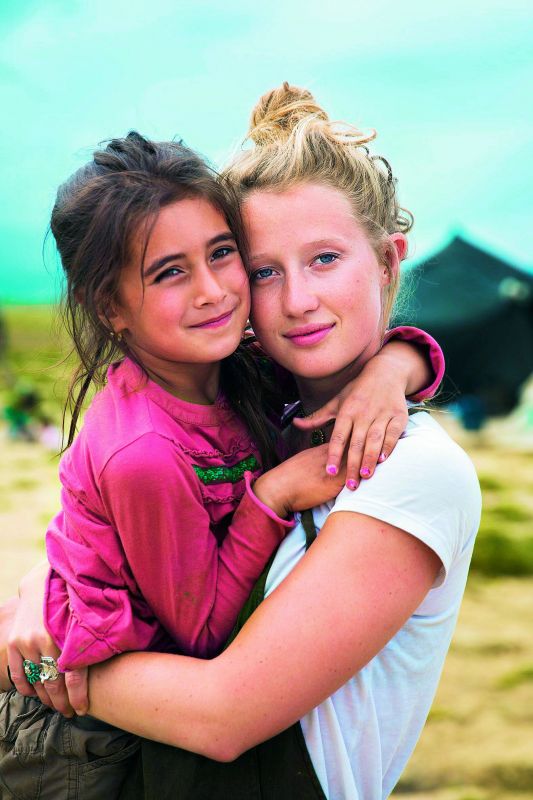Capturing the many facets of beauty
Interestingly, when she first started off as a photographer sixteen years ago, her subjects were usually her mother and sister.

World renowned photographer Mihaela Noroc trekked through India, Bangladesh, Myanmar, Japan and South Korea capturing portraits of women, including many mothers with their children.

“It depicts much more than what we often see today in mass media. If you put the words “beautiful woman” into Google, you’ll mostly see very similar images of seductive women. But on the streets of the world, beauty has many more facets. We just have to open our eyes and see it,” explains the 32-year-old photographer.

Interestingly, when she first started off as a photographer sixteen years ago, her subjects were usually her mother and sister. “My father is a painter, so I spent my childhood surrounded by his paintings, enjoying the diversity of colours. Then, when I was 16, I got my first camera, it was a very old one. But I was too shy to go on the streets and take photos of strangers, so my first subjects were my mother and my sister,” shares Mihaela, adding, “That’s how I started to love photographing women in a cozy and tranquil way. I later studied photography at University, but found little encouragement. I felt insecure about my skills and even quit for a while. I ended up working in other fields just for the money, and photography remained only a hobby.”

Her backpacking vacations however, soon changed all of that. “I visited different parts of the world, and was fascinated by the diversity of our planet. In 2013, after a trip to Ethiopia where I discovered an amazing mosaic of cultures and traditions, I realised that I could combine my two passions: travelling and taking portraits of women,” says Mihaela, who has since photographed over 2,000 women in 53 countries.

“When there was no language barrier, I listened to their stories. My project is called The Atlas of Beauty and features 500 of my best portraits from more than 50 countries, accompanied by stories that capture a rare glimpse into the daily experience of women,” shares the photographer from Bucharest, Romania, who adds, “Over the years, I have experimented with different types of photography, but I realised that as an artist, I have to focus on a niche, to explore it as much as possible, to understand it and develop my skills around it. I found that niche in photographing women, as they made me curious and indirectly allowed me to discover myself as a woman.”
For Mihaela, real beauty knows no bounds. “You can find it in Africa or Europe, in a village or a skyscraper, in a smile, a gesture, an intense gaze, in some wrinkles or in a story,” she says.
Speaking of her observations while travelling, Mihaela adds, “There’s a lot of pressure on women to look and behave in a certain way. In some environments, it is the pressure to look attractive while in others, it is the pressure to look modest. But every woman should be free to explore her own beauty without feeling any pressure from marketing campaigns, trends or social norms. Real beauty comes from inside, so if our outsides are natural and authentic, our insides will be more visible. We need to learn to be ourselves, but we also have to learn to let other people be themselves.”
Her collection of portraits of women and their stories from across the world is perhaps one of the most inspiring works in its genre and age. Each photograph is accompanied by the subject’s story, written as vignettes alongside each portrait.
“There’s much love, beauty, and compassion in the world although a few sources of hate and intolerance can ruin all of it. Many times, the victims of intolerance are women, and I hear many heartbreaking stories while on the road. Now, more than ever, our world needs an ‘atlas of beauty’ to present the struggles and dreams of every-day women, and to send an empowering message to all of them,” she believes.
Travelling as a backpacker around the world has made her integrate into all kinds of environments. “I have taken pictures of women in many different places from all continents except Antarctica. I captured beauty in Brazilian favelas, in isolated areas of Afghanistan, in an Iranian mosque, on the Tibetan Plateau, in the Kurdistan region of Iraq, in North Korea, in the Amazon rainforest, but also in upscale areas of Paris, in downtown New York, and in Beijing. I prefer to photograph natural faces, without a lot of makeup. I also focus on capturing the environment around them, because this is a part of their lives,” says Mihaela, who adds, “Many times, after meeting a woman on the streets, I have only a minute to make a portrait. In other instances, if she has time, I may spend an hour photographing her and listening to her story. When I photograph, I talk a lot, and try to make her feel special, proud and unique. Knowing five languages helps me, but in many places, even that’s useless, and talking becomes a pantomime.”

